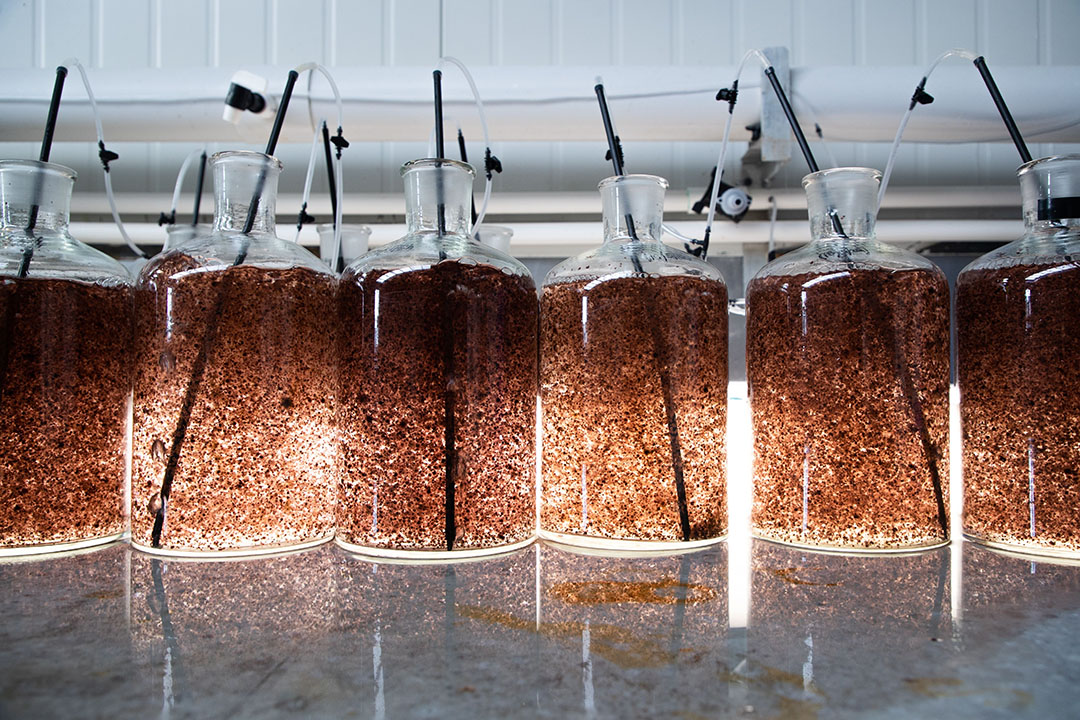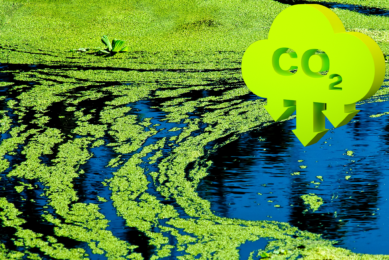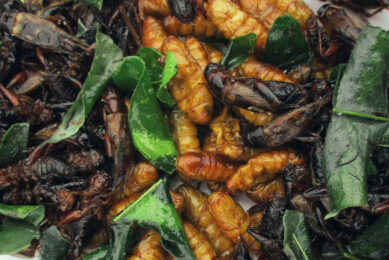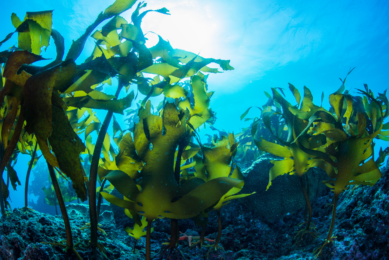Dairy giant starts trial with seaweed to reduce emissions

Dairy giant Fonterra is partnering with Australian company Sea Forest to see if using seaweed in cows’ feed can reduce emissions from commercial dairy herds.
The trial will use Asparagopsis, a seaweed grown naturally in Australia and New Zealand, as a supplement feed for herds in Tasmania during the coming milk season.
Reducing emissions from cows has been one of the toughest challenges for the dairy industry for more than a decade. In laboratory testing led by Australian research organisation CSIRO, the seaweed has shown the potential to reduce the emissions from cows by more than 80%.
Early testing shows the potential for these emissions to be reduced by incorporating natural seaweed into cows’ diets.
Fonterra Australia Sustainability manager Jack Holden says helping farmers to produce milk more sustainably is a priority for Fonterra. “For a long time Fonterra has been aware of the need for solutions to reduce greenhouse gas emissions from cows,” Holden says. “We’ve got a very active research and development pipeline that’s been investing in solutions for some years.”
Customers increasingly ask Fonterra about its environmental footprint.
Holden emphasises that most dairy farming emissions come from the methane cows produce as they digest their feed. “Early testing shows the potential for these emissions to be reduced by incorporating natural seaweed into cows’ diets, so we are keen to see if those test results can be replicated in dairy herds at scale,” he says.
Being part of the world conversation on climate
Fonterra became aware of the work that CSIRO did on Asparagopsis through the Sustainable Agriculture Initiative (SAI) platform. “We saw a need for going from small scale experimental to large scale commercial here,” Holden explains. “And we thought that we might be able to play a role in that.”
Customers increasingly ask Fonterra about its environmental footprint, Holden points out. “So it helps us in our conversations with customers,” he says. “And it is of great interest of the wider community. There is a worldwide climate discussion going on and we are part of that. Hopefully we can make it commercially viable, safe and bring it to scale.”
Holden says the trial with Asparagopsis might also show an increase of productivity. “So if the use of this seaweed proves to be profitable for farmers and effectively and safely reduces emissions of methane, and can be easily added to the feed, this will work and get widespread adoption,” he expects. “It will become part of normal farming practice for dairy.”
 Seaweed: A potential feed for ruminants
Seaweed: A potential feed for ruminants
According to a study of Norwegian harvested seaweed, it can be a potential feed for ruminants. Although not without challenges. For instance, it is a matter of the seaweed’s content of water, ash and potentially heavy metals as well as the preservation and transport costs of seaweed.
The use of seaweed has to be profitable
Holden adds that farmers have to commercially benefit from using Asparagopsis. “If we can, we’ll come up with a way of integrating it into a commercial dairy system without any nett costs. But it is pretty early. We are still relying on other people’s research. So now we have to do this work ourselves on commercial farms in a normal dairy system.”
The trial will start with one farm. “But if we get the green lights on the results in that farm, we’ll quite quickly go to more farms. If there are any problems or if there is uncertainty about certain aspects, we’ll just go slower until we work out what we will have to do to solve these problems. There is no fixed timetable.”
“Methane emissions are the biggest part of our footprint. We have to play our part in finding solutions.” According to Fonterra the carbon footprint of New Zealand’s and Australia’s on-farm milk supply is already less than one third of the global average and up to 30% lower than greenhouse gas footprints of European and North American milk production.
![]() New Proteins
New Proteins
Find out more about some of the protein alternatives for soy that are currently seen as promising for livestock and fish diets.
Unsuring there is enough seaweed for the trial
Fonterra intends to start the trials in the current milk season (2020-2021). “If all goes well we will start within a few weeks,” Holden says. “We have to make sure there is enough seaweed availability. We are hopeful. There are still some barriers to overcome but we know we’ll have to look for many solutions and this is one we will work on.”
At Fonterra’s Palmerston North Research and Development Centre in New Zealand, Mark Piper and his team are looking at the potential of other natural ways to reduce the methane cows produce. “We have one of the world’s largest dairy culture collections to call on,” Mr Piper. “We’re using some of these cultures to create new fermentations we’re calling Kowbucha, which could potentially switch off the bad bugs that create the methane in cows.”
Fonterra says it is aiming to stay ahead of ‘the rest of the world. “To ensure that Fonterra continues to have one of, if not the lowest, greenhouse gas footprint for milk production in the world.”











